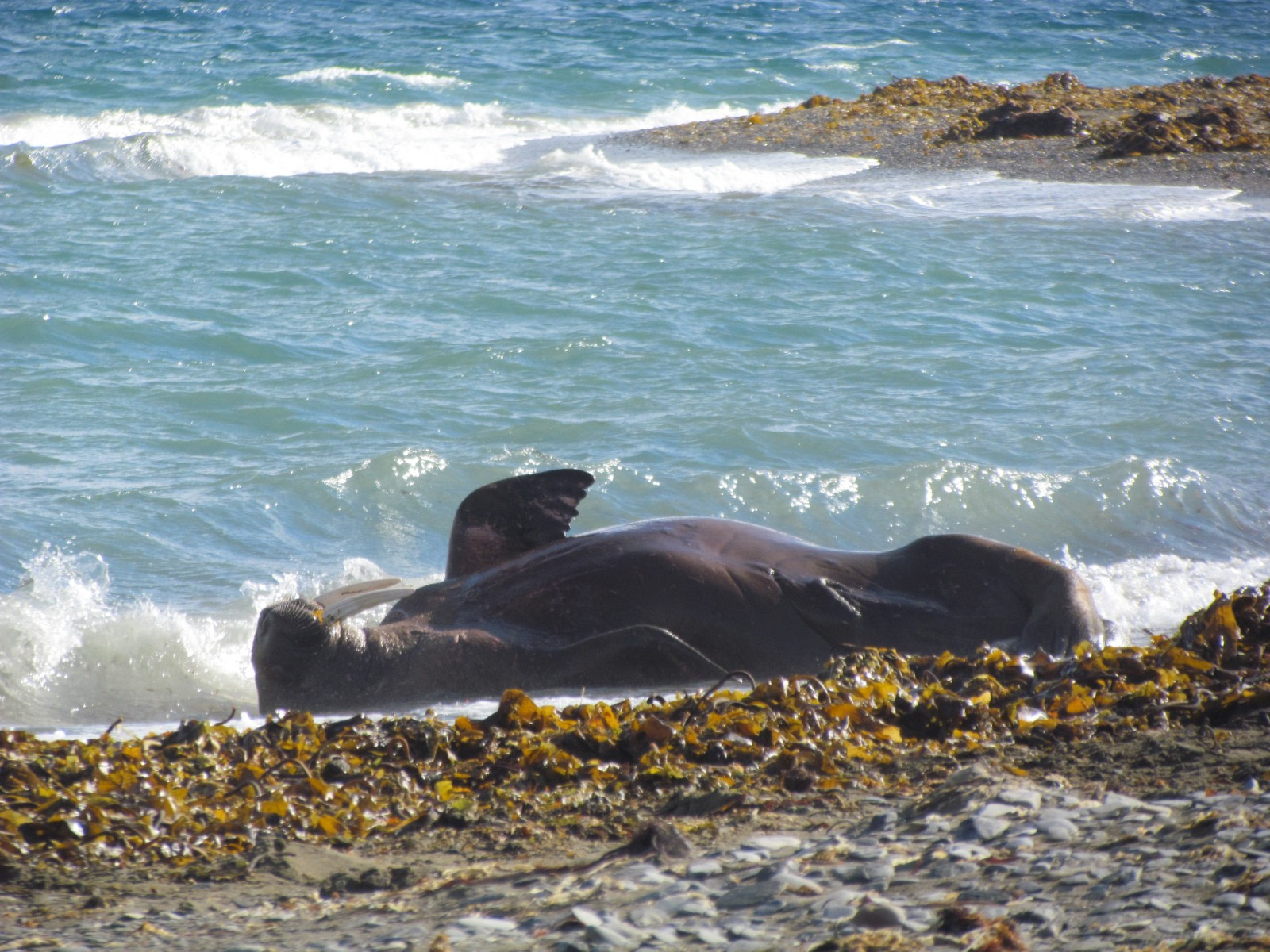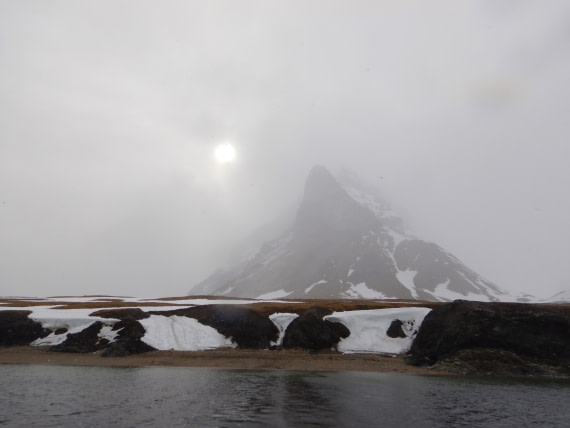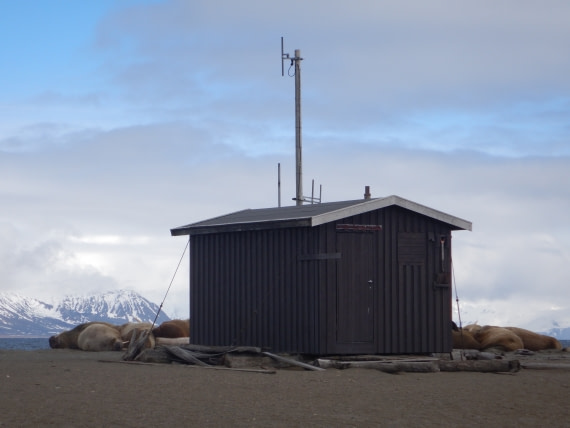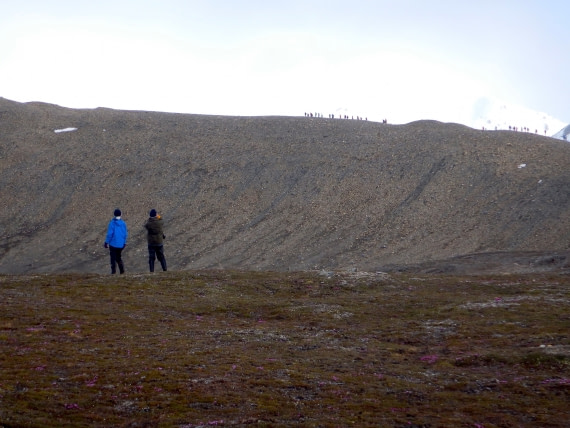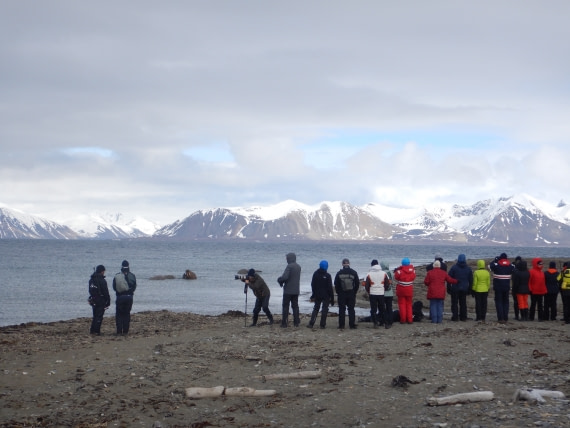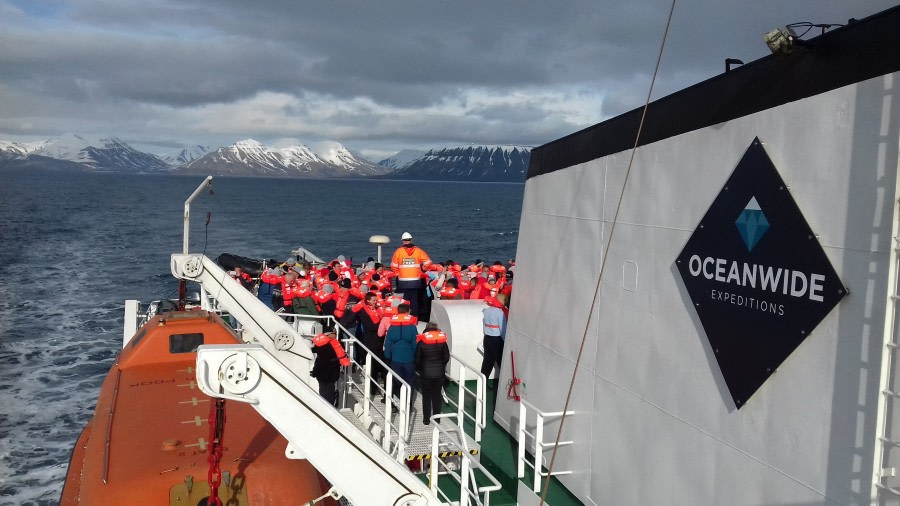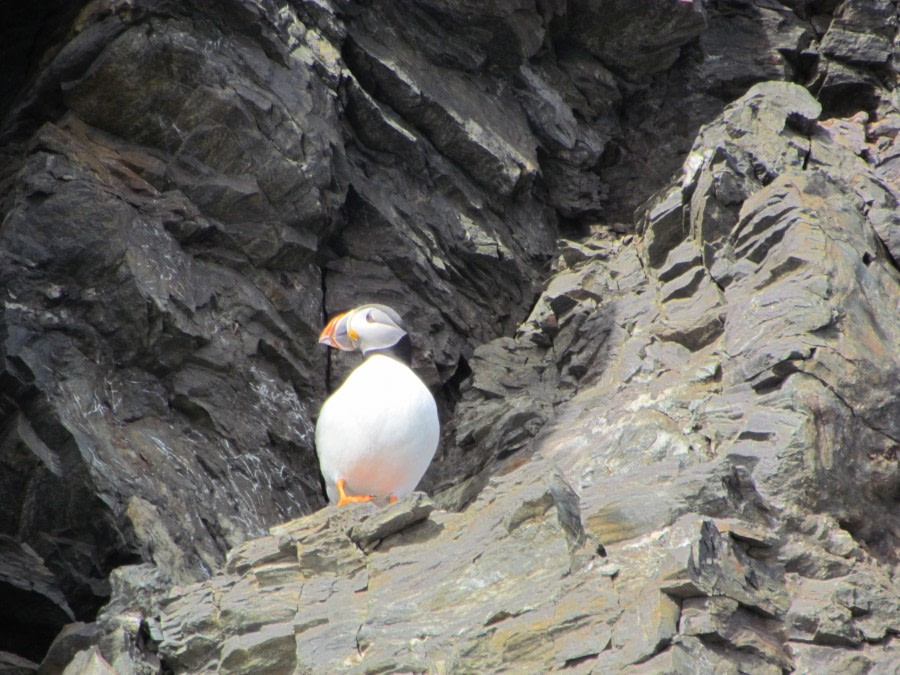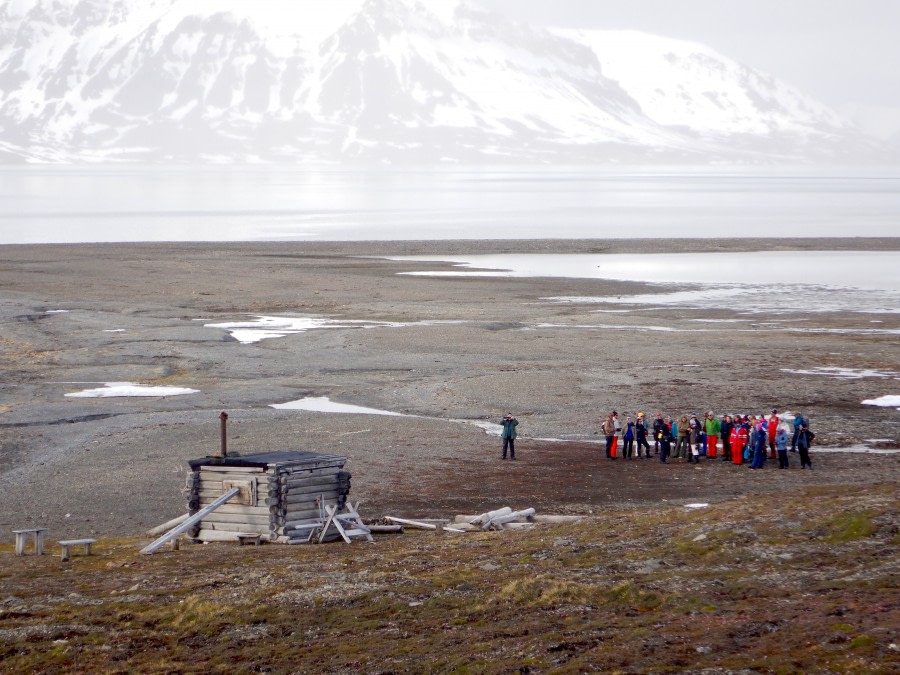| Fecha: | 11.06.2018 |
| Posición: | 078°13’N / 015°36’E |
| Viento: | Light Air |
| Clima: | Overcast |
| Temperatura del Aire: | +4 |
Longyearbyen is situated at 78° north and, as such is one of the world’s most northerly settlements. It grew up as a coal mining town but now is home to around 2,100 residents who live and work here all year round. This number temporarily swells during the summer months with the arrival of thousands of visitors on cruise ships. We had arrived at the airport a little later than scheduled but we still had some time to explore the town and buy a few postcards and souvenirs and maybe have a coffee before we had to make our way down to the port to board Plancius. We were met at the gangway by the Expedition staff who embarked us 10 at a time up the gangway where we were taken to Reception to be checked in by our Hotel Managers Michael, DJ and their assistant Gabor. From here we were shown to our cabins by the very welcoming hotel staff and found our luggage already there. We had some time to familiarise ourselves with our cabin before we were called to the Lounge for a briefing from our Hotel Manager, Michael who explained some of the procedures on board Plancius, our home for the next few days. By this time we were departing the pier so we had some time on deck in the sunshine before we were called back to the Lounge for the mandatory safety briefing which was given by our 3rd Officer Luis Oroceo. This gave us all the information we needed about safety on board the ship and prepared us for the lifeboat drill that was to follow. We heard the abandon ship alarm and gathered at the muster station, the Lounge, wearing our big orange life jackets, the only time we hope to be wearing them. After the roll call we were taken out to the lifeboats to see where they were located and how we would embark if required. We met in the Lounge once again to meet with our Captain Evgeny Levakov who explained a little bit about our forthcoming trip and then we toasted our voyage with champagne. It was then a chance to meet the rest of the Expedition team, who will be guiding us safely here in Svalbard for this trip. We have an international team on board with a wealth of experience both here in the Arctic and Antarctica Our Expedition leader, Michael Ginzburg gave us a little more information about our plans for the trip. He showed us an ice chart and it was clear to see that the pack ice is a long way north this year and on a short 4 day trip it will be impossible to reach this line of ice. It was then time for dinner, which was a chance to meet with our fellow passengers before our last task of the day which was to collect our rubber boots and zodiac life jackets from the boot room. With 24 hours of daylight many of us enjoyed some time out on deck during the evening spotting Fulmars, Guillemots, Kittiwakes and the tiny Little auks. It was a very pleasant evening on board.
